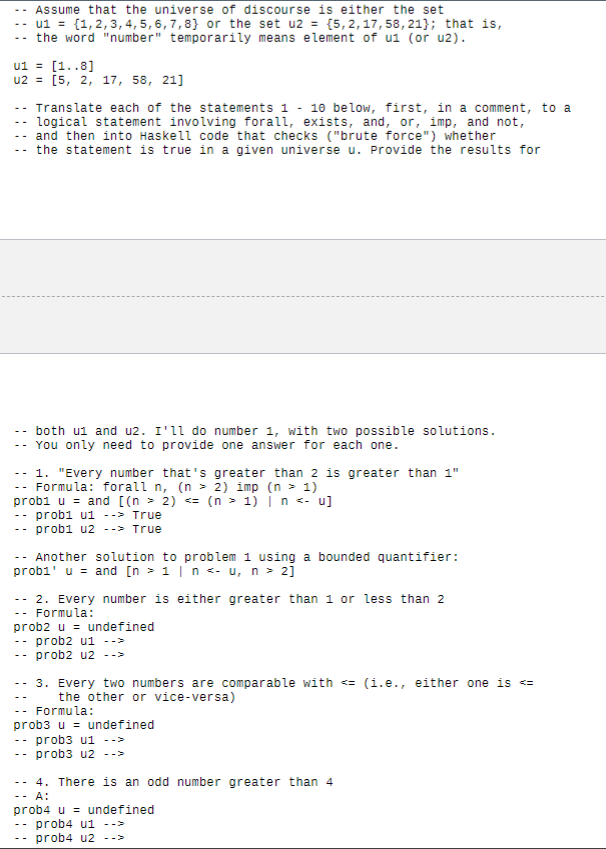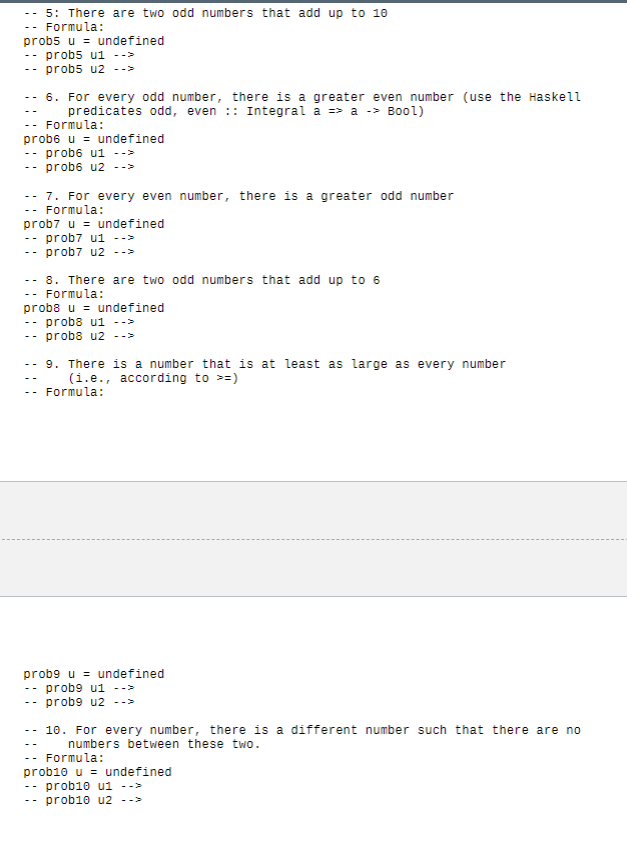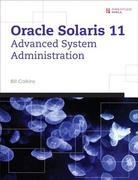Answered step by step
Verified Expert Solution
Question
1 Approved Answer
in haskell - Assume that the universe of discourse is either the set - u1 ={1,2,3,4,5,6,7,8} or the set u2={5,2,17,58,21}; that is, . the word
in haskell 

Step by Step Solution
There are 3 Steps involved in it
Step: 1

Get Instant Access to Expert-Tailored Solutions
See step-by-step solutions with expert insights and AI powered tools for academic success
Step: 2

Step: 3

Ace Your Homework with AI
Get the answers you need in no time with our AI-driven, step-by-step assistance
Get Started


